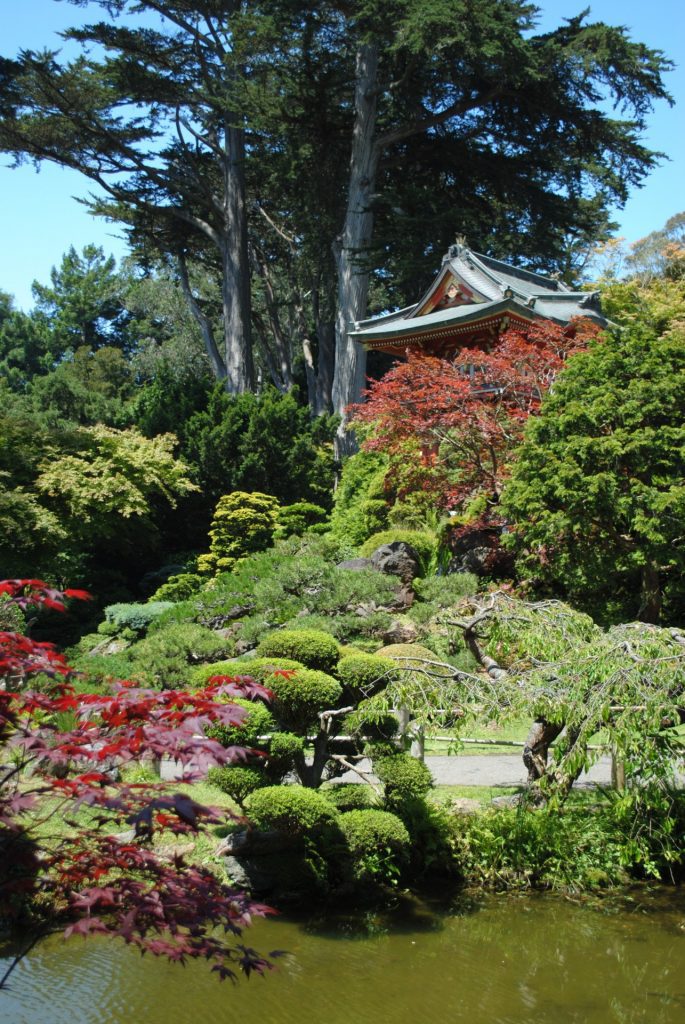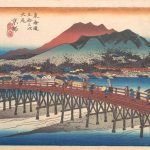
Japanese gardens are timeless sanctuaries that blend nature, symbolism, and aesthetics into serene outdoor spaces. From moss-covered stones to koi ponds and carefully placed lanterns, every detail holds meaning. This curated list of 100 unique Japanese garden design items — complete with authentic Japanese terms — offers a rich source of inspiration for crafting your own peaceful retreat.
- Bamboo fences (takegaki)
- Koi ponds (koi ike)
- Stone lanterns (ishi-dōrō)
- Sand and gravel raked in zen patterns (karesansui)
- Maple trees (momiji)
- Cherry blossoms (sakura)
- Moss-covered stones (koke ishi)
- Bamboo water spouts (shishi-odoshi)
- Winding garden paths (roji)
- Aged stone lanterns (furu ishi-dōrō)
- Wooden arbors (mokusei kōrakubutsu)
- Bonsai trees
- Iris-filled water features (shōbu ike)
- Tea houses (chashitsu)
- Wisteria trellises (fuji no kakehashi)
- Japanese black pine trees (kuromatsu)
- Stone basin for purification (tsukubai)
- Minimalist rock gardens (karesansui)
- Pagoda sculptures (tō)
- Azaleas and rhododendrons (tsutsuji)
- Outdoor flower stands (hana-dai)
- Stone crane sculptures (ishi no tsuru)
- Ceramic tea sets (chakaiseki dōgu)
- Noren (fabric dividers for doorways)
- Wabi-sabi pottery
- Porcelain sake sets
- Cast iron teapots (tetsubin)
- Wooden torii gates
- Rattan outdoor seating
- Stepping stones (tobi-ishi)
- Snow-viewing lanterns (yukimi-dōrō)
- Traditional rain chains (kusari-doi)
- Wood-plank decks
- Zen sandboxes
- Wind chimes (furin)
- Rotating bonsai stands (bonsai dai)
- Paper lanterns (chōchin)
- Stone path lights
- Rice paper lampshades
- Hidden garden uplighting
- Standing lanterns (andon)
- Sushi serving trays
- Lacquerware bento boxes
- Chopstick sets (hashi)
- Wooden sake barrels
- Bamboo tea utensils (chasen and chashaku)
- Cherry blossom garlands
- Seasonal flower beds (kisetsu no hanabatake)
- Koi-shaped stepping stones (koi gata tobi-ishi)
- Hand-painted fans (uchiwa or sensu)
- Bamboo wreaths
- Wooden bento boxes
- Ceramic miso bowls
- Bamboo steamers (seiro)
- Tea whisks (chasen)
- Bridge over koi pond (taikobashi)
- Garden sheds (azumaya)
- Outdoor bamboo showers
- Zen waterfalls (shigure-daki)
- Carved garden signs (niwa no kanban)
- Dry waterfalls (karetaki)
- Stone bridges (ishibashi)
- Lantern islands (tō no shima)
- Courtyard gardens (tsubo-niwa)
- Pond strolling gardens (chisen-shuyu)
- Crane and tortoise symbolism (tsuru to kame)
- Borrowed scenery (shakkei)
- Stone pagoda towers (sekito)
- Lattice fences (sode-gaki)
- Cloud pruned pines (karikomi matsu)
- Satsuki azaleas (satsuki)
- Nandina bushes (nanten)
- Hosta plants (gibōshi)
- Ferns (shinobu)
- White sand borders (shiro suna)
- Sculpted shrubs (o-karikomi)
- Bamboo ladders (takehashigo)
- Deer-scarer fountain (sōzu)
- Kasuga lanterns (kasuga-dōrō)
- Flat bridge stones (hiraita ishi)
- Wooden garden gates (niwa mon)
- Spring trio planting (pine, bamboo, plum – shōchikubai)
- Viewing platforms (yukimi-dai)
- Three-stone Buddhist groupings (sanzon-seki)
- Symbolic miniature landscapes (tsukiyama fūkei)
- Plum trees (ume)
- Quince shrubs (karin)
- Gravel rakes (samon-kuwa)
- Low hedge path borders (madogiwa no shibafu)
- Water harp caves (suikinkutsu)
- Thatched benches (kayabuki ishi-dai)
- Winding stream paths (yarimizu)
- Asymmetrical balance (fukinsei)
- Dry garden stone triads (sangaku-seki)
- Zigzag bridges (yatsuhashi)
- Moss beds (yamato no koke)
- Red spider lilies (higanbana)
- Gravel rakes (kumade)
- Bamboo edging (takebori)
- Willow trees near water (yanagi no ki)
Japanese garden design is an art of balance — not just in form, but in feeling. These 100 elements offer a thoughtful guide to help you create a garden space that honors tradition, invites calm, and reflects the beauty of nature with intention. Whether you’re designing a full-scale landscape or curating a small corner of stillness, these features bring harmony home.
Key Takeaways
- Japanese gardens are rooted in symbolism, minimalism, and nature.
- Design elements often reflect spiritual, seasonal, and cultural themes.
- Authentic Japanese terms help deepen appreciation and clarity.
- Balance of hardscape and plant life is essential to the style.
- Gardens are designed to be experienced slowly, and visually savored.
FAQ
Q: Do I need a large space to create a Japanese garden?
A: Not at all. Many Japanese gardens are designed for small courtyards (tsubo-niwa) and can even be created on patios or balconies.
Q: Can I mix Japanese elements with Western garden styles?
A: Yes, blending elements like gravel paths or bamboo fences with your existing landscape can add serenity without losing your personal style.
Q: What plants are essential for a Japanese garden?
A: Common choices include maple trees, moss, bamboo, azaleas, and pine — all emphasizing seasonality and texture.




